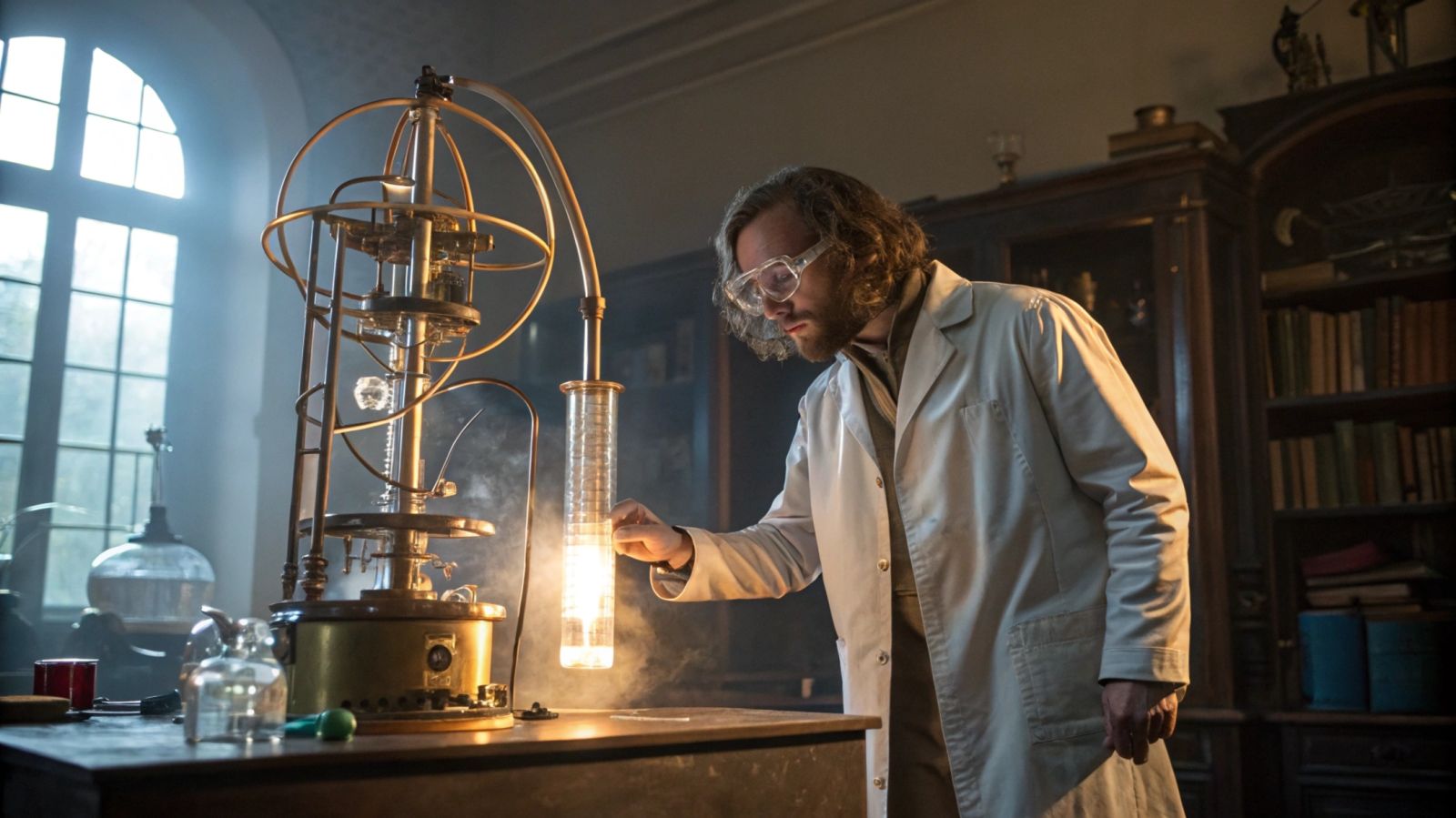Turning lead into gold is possible, here's how ⚛️
Published by Cédric,
Article author: Cédric DEPOND
Source: Physical Review C
Other Languages: FR, DE, ES, PT
Article author: Cédric DEPOND
Source: Physical Review C
Other Languages: FR, DE, ES, PT
Follow us on Google News (click on ☆)

Turning lead into gold, yes it's possible, but not like this...
The ALICE experiment detected this nuclear transmutation by studying electromagnetic interactions between lead nuclei traveling at near-light speed. Unlike the impossible chemical reactions imagined by ancient alchemists, this process relies on well-established quantum mechanisms.
An extreme nuclear physics phenomenon
When two lead nuclei graze each other without head-on collision, their intense electromagnetic fields interact. This interaction can strip up to three protons from a nucleus. Knowing that a lead nucleus contains 82 protons while a gold nucleus contains 79, lead is thus transformed into gold.
The ALICE detector recorded up to 89,000 of these transmutations per second during collisions. The gold nuclei produced this way possess colossal energy and, unfortunately for those hoping to get rich, decay almost instantly.
This process, called electromagnetic dissociation, also allows the creation of thallium (in case of losing one proton) or mercury (losing two protons).
Infinitesimal but significant production
Between 2015 and 2018, it's estimated that the LHC generated about 86 billion gold nuclei, equivalent to a mass of only 29 picograms. This quantity, while negligible in practice, represents a major breakthrough in the study of nuclear reactions.
ALICE's ZDC calorimeters, designed to detect particles emitted at very small angles, made this unprecedented measurement possible. Their precision opens new perspectives for studying fundamental interactions.
These results also improve our understanding of beam losses, a key parameter for optimizing particle accelerator performance.